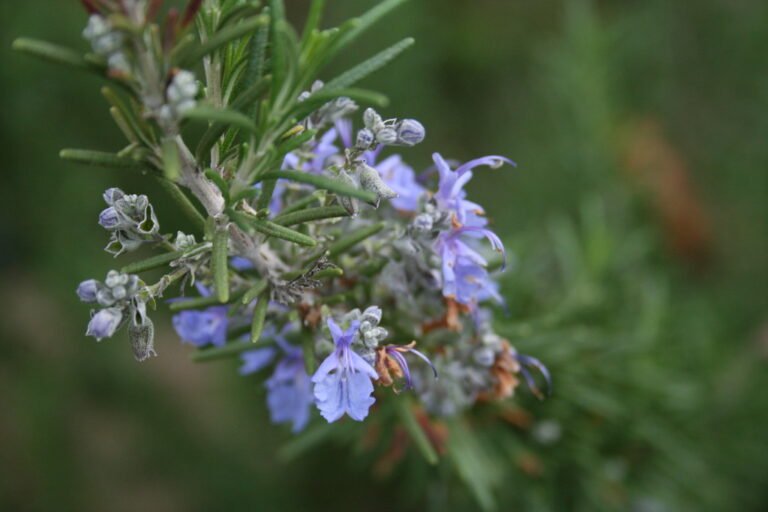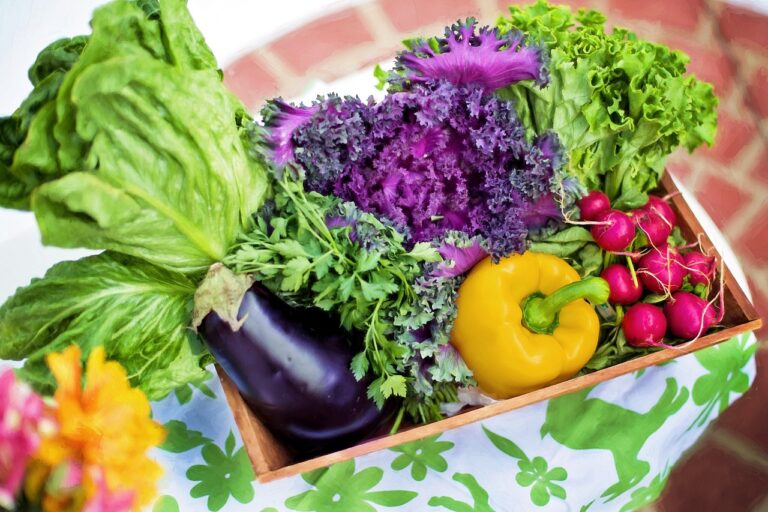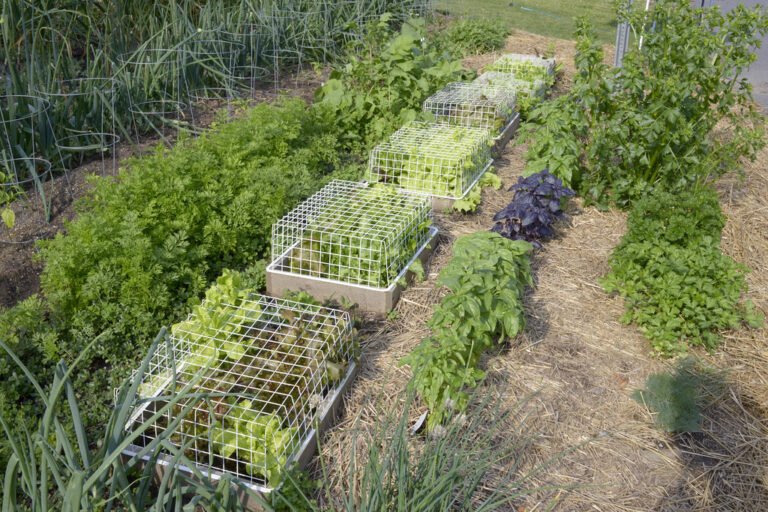Understanding the Benefits of Crop Rotation and Succession Planting for Continuous Harvests
Crop rotation and succession planting are essential techniques for maintaining soil health, maximizing crop productivity, and guaranteeing a continuous harvest. By rotating crops, we manage soil fertility, reduce nutrient depletion, and prevent soil exhaustion, ultimately improving soil health. Succession planting allows for a seamless shift between crops, considers maturity times, and increases yields. With strategic planning, intercropping, and a planting calendar, we can boost our garden’s productivity and sustainability. These practices not only guarantee a fresh produce supply but also promote sustainable gardening and food security. Discover the benefits of crop rotation and succession planting for continuous harvests.
Importance of Crop Rotation
Crop rotation is a fundamental agricultural practice essential for maintaining soil health and maximizing crop productivity. By rotating crops, farmers can effectively manage soil fertility, pest and disease pressures, and sustainable agriculture practices. The interaction of different plant species in crop rotation plays an important role in replenishing essential nutrients and organic matter levels in the soil. This process helps to meet the varied nutrient requirements of different crops while reducing the risk of nutrient depletion.
Moreover, crop rotation plays a significant role in reducing pests and diseases in agricultural fields. By disrupting the life cycles of pests and diseases, crop rotation decreases their prevalence, leading to higher yields and improved plant resistance to stressors. This, in turn, guarantees that crops receive ample nourishment and are better equipped to combat environmental challenges.
In addition to enhancing soil fertility and pest management, crop rotation supports continuous harvests by promoting sustainable farming practices. The practice reduces the need for synthetic fertilizers by utilizing natural processes like nitrogen fixation through legumes. It also helps in maintaining soil structure, reducing compaction, and improving water permeation for healthy soil conditions, ultimately contributing to long-term crop productivity and environmental sustainability.
Benefits of Succession Planting
Implementing succession planting in a garden system enhances crop yield and optimizes resource utilization efficiently. This method involves planting different crops in the same space throughout the growing season to guarantee a continuous harvest. By staggering planting times, gardeners can evade produce gluts and shortages, maintaining a steady food supply. Succession planting also helps prevent soil depletion by diversifying the types of plants grown in a particular area, reducing the risk of nutrient deficiencies.
One of the key benefits of succession planting is the increased yields it generates. By utilizing the space more effectively and growing crops in succession, gardeners can maximize their harvest from a single plot of land. Additionally, planting complementary plants after harvesting a primary crop can help improve soil health and overall plant resilience.
Furthermore, succession planting promotes plant health by reducing the risk of pests and diseases. By avoiding monocultures and continuously changing the types of plants in a specific area, gardeners can disrupt pest cycles and decrease the likelihood of widespread infestations. This method also helps to balance the ecosystem in the garden, creating a more sustainable and resilient growing environment.
Maximizing Harvest Through Rotation
Incorporating strategic crop rotations can greatly improve harvest yields while promoting soil health and sustainability in agricultural systems. Crop rotation plays a crucial role in maximizing harvests by boosting soil fertility, managing pests, increasing yields, and controlling weeds effectively.
By rotating crops, essential nutrients are replenished in the soil, reducing the risk of nutrient depletion over time. This renewal guarantees that plants have access to the necessary elements for ideal growth throughout the growing season, ultimately leading to a plentiful harvest. Additionally, crop rotation disrupts the life cycles of pests and diseases, naturally reducing their populations and minimizing the need for chemical interventions.
Moreover, rotating crops supports higher yields by optimizing plant health and reducing stress on the soil. The improved soil structure resulting from crop rotation helps prevent compaction, allowing for enhanced root growth and better nutrient uptake by the plants. This improved nutrient availability contributes to increased yields and healthier crops.
Furthermore, proper crop rotation strategies aid in managing weeds effectively by disrupting their growth patterns and reducing reliance on herbicides. By implementing a well-thought-out crop rotation plan, farmers can maintain a balanced ecosystem that supports continuous harvests while promoting sustainable agricultural practices.
Strategies for Continuous Harvests
To guarantee a steady supply of crops throughout the season, strategic planning with a planting calendar is essential for maximizing continuous harvests. Succession planting, a key strategy, involves planting crops at staggered intervals to ensure a continuous yield. By staggering plantings of different crops, gardeners can optimize growing space and extend the harvest window. Additionally, crop rotation plays a critical role in maintaining soil fertility and reducing pests, ultimately supporting continuous harvests. Rotating crops helps prevent the depletion of specific nutrients in the soil and minimizes the buildup of pests and diseases that target certain plant species.
Intercropping, the practice of growing different crops in close proximity, further improves continuous harvests by maximizing yields and promoting biodiversity. This technique not only increases overall productivity but also creates natural pest control barriers and fosters a healthier ecosystem within the garden.
In conjunction with crop rotation and intercropping, meticulous planning using a planting calendar is essential to ensure a steady production of crops throughout the growing season. By strategically scheduling plantings based on crop maturity times and seasonal conditions, gardeners can maintain a diverse array of crops at different stages of growth, allowing for a continuous harvest from early spring to late fall. Integrating these strategies harmoniously is key to achieving a bountiful and sustainable supply of fresh produce.
Diversification for Sustainable Gardening
Variety in eco-friendly gardening involves strategically varying plant families to improve disease resistance and boost soil vitality. Diversification through crop rotation and succession planting plays a key role in sustainable gardening practices. By rotating crops, different plant families are introduced to the soil, reducing the risk of disease buildup and pest infestations. Succession planting guarantees continuous harvests by replacing harvested crops with new ones, preventing nutrient depletion and maintaining soil health.
Crop rotation involves planting different crops in the same area seasonally. This practice helps break pest and disease cycles, as pests attracted to one type of crop may not thrive when a different crop is planted. It also helps improve soil structure and fertility by varying the nutrient demands of different crops. Succession planting further boosts diversification by allowing for multiple crops to be grown in the same space throughout the year.
Incorporating diversification techniques like crop rotation and succession planting not only supports sustainable gardening but also increases overall yield. By minimizing pest infestations, nutrient depletion, and disease buildup, gardeners can optimize space, reduce weeds, and promote soil vitality for efficient food production. Diversification is a key strategy for maintaining a healthy and productive garden ecosystem.
Enhancing Yield With Succession Techniques
Diversifying crops through succession planting techniques maximizes harvest yields and guarantees efficient space utilization in sustainable gardening practices. By strategically planning the sequence of crops planted in a vegetable garden, one can extend the growing season and optimize the use of available space. Succession planting involves planting quick-growing crops after harvesting early-season vegetables, ensuring a continuous supply of fresh produce. Intercropping, a technique where different types of crops are grown together in the same area, allows for efficient space utilization by combining plants with varying growth rates and harvest times.
Moving from cool-season to warm-season crops is a key aspect of succession planting to maximize yields. By carefully considering the growing seasons, crop maturity times, and frost-free days, gardeners can plan for a seamless shift between crops, reducing downtime in the garden and increasing overall productivity. Crop rotation within succession planting further boosts yields by improving soil health and reducing the risk of pests and diseases.






